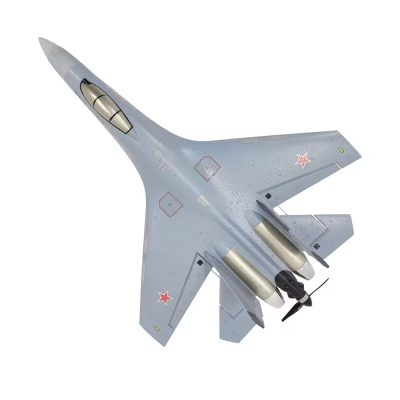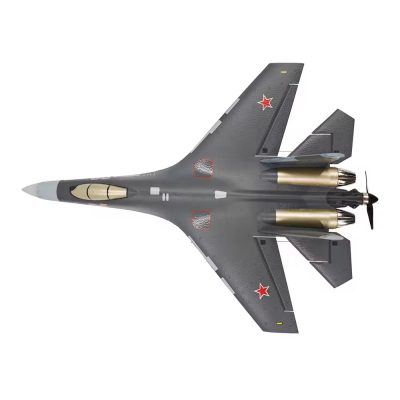Introduction
Owning an RC airplane is an exciting hobby that requires regular maintenance to ensure optimal performance and longevity. Proper maintenance not only keeps your aircraft in top condition but also enhances your flying experience by preventing unexpected failures. In this blog post, we’ll share the top five tips for maintaining your RC airplane, so you can enjoy many successful flights.
1. Regularly Inspect and Clean Your Aircraft
Routine inspections and cleaning are essential for keeping your RC airplane in good shape:
- Visual Inspection: Before and after each flight, conduct a thorough visual inspection. Check for any signs of wear, loose screws, or damage to the airframe, control surfaces, and landing gear. Address any issues immediately to prevent further damage.
- Cleaning: Keep your airplane clean by wiping it down with a soft cloth after each flight. Remove dirt, dust, and debris from the airframe, wings, and control surfaces. Use a small brush or compressed air to clean hard-to-reach areas, such as the motor and electronics.
2. Maintain the Battery and Electronics
Proper care of the battery and electronic components ensures reliable performance:
- Battery Care: Use a high-quality charger to charge your batteries and follow the manufacturer’s recommendations for charging rates and times. Avoid overcharging or discharging the battery below the recommended voltage. Store batteries in a cool, dry place and periodically check for any signs of swelling or damage.
- Electronic Connections: Inspect the electronic connections, including the receiver, servos, and ESC (Electronic Speed Controller). Ensure all connectors are secure and free of corrosion. Clean any dirty connectors with contact cleaner to maintain good electrical conductivity.
3. Keep the Motor in Good Condition
The motor is a critical component of your RC airplane, requiring regular maintenance:
- Brushless Motors: For brushless motors, regularly check for loose screws, worn bearings, and dirt buildup. Clean the motor with compressed air and apply a small amount of bearing oil if necessary.
- Brushed Motors: For brushed motors, inspect the brushes and commutator for wear. Clean the commutator with a brush and apply a drop of oil to the motor’s bearings. Replace the brushes if they show significant wear.
4. Ensure Proper Control Surface Functionality
Control surfaces are crucial for maneuvering your RC airplane:
- Hinges and Linkages: Inspect the hinges and linkages connecting the control surfaces to the servos. Ensure they are secure and move freely without binding. Lubricate the hinges if needed and replace any damaged or worn parts.
- Servo Performance: Check the performance of the servos by moving the control sticks and observing the response of the control surfaces. Listen for any unusual noises or signs of binding, and replace any faulty servos to maintain precise control.
5. Store Your RC Airplane Properly
Proper storage is vital for protecting your RC airplane when it’s not in use:
- Avoid Extreme Temperatures: Store your airplane in a cool, dry place, away from extreme temperatures and humidity. High temperatures can damage the electronic components and batteries, while excessive humidity can cause corrosion.
- Use a Protective Case: Invest in a protective case or storage bag to shield your airplane from dust, dirt, and physical damage. Ensure the airplane is securely fastened to prevent any movement during transportation.
Conclusion
Maintaining your RC airplane is essential for ensuring its performance, reliability, and longevity. By following these top five maintenance tips—regular inspections and cleaning, proper battery and electronics care, motor maintenance, control surface functionality, and proper storage—you can keep your RC airplane in excellent condition and enjoy many successful flights. Regular maintenance not only enhances your flying experience but also helps you avoid costly repairs and extend the life of your aircraft.








